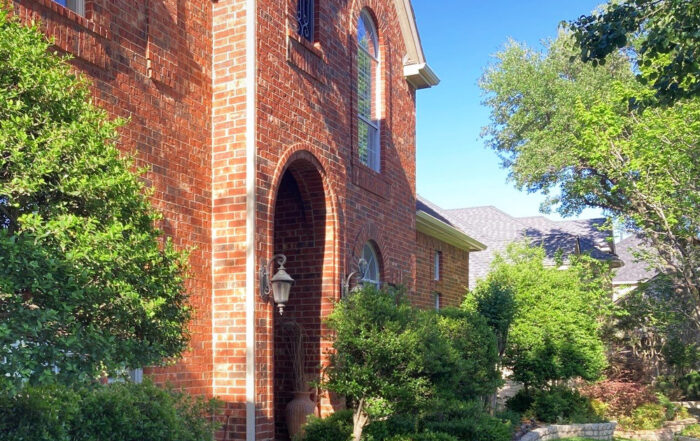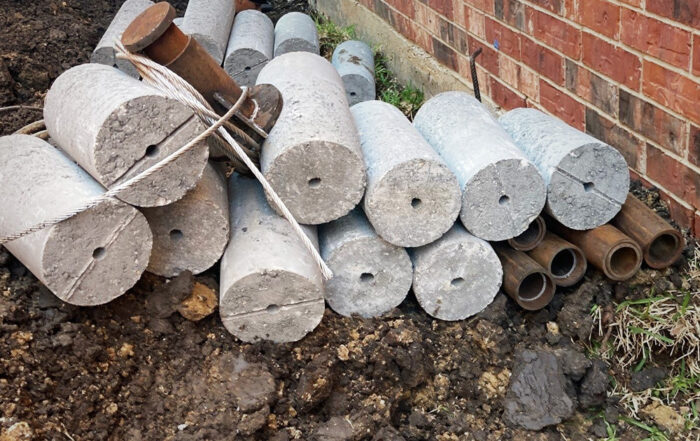Austin Weather and Its Impact on Your Foundation

When you think of Austin, Texas, you probably picture live music festivals, smoky BBQ joints, and sunshine that practically sizzles your skin. But if you’ve lived here for more than five minutes, you know that the weather in Austin isn’t just “sunshine and margaritas.” It’s a rollercoaster of blazing heat, sudden downpours, and the occasional cold snap that sneaks in like a ninja in the night.
And while all this meteorological madness might just seem like an inconvenience—cancelled pool days, muddy boots, and frizzy hair—it can actually cause serious damage to something you rarely think about: your home’s foundation.
Yep. That chunk of concrete your house is sitting on is under constant attack from Austin’s wild weather patterns. And if you’re a homeowner in the area, it’s time to pay attention before small issues turn into big, budget-busting repairs.
Let’s break it down—Texas style.
The Texas Soil Struggle: It’s Not Just Dirt
Austin is built on something called expansive clay soil. Sounds fancy, right? But all it means is that our soil is moody. It’s like a sponge on a caffeine high—soaking up water like crazy when it rains and shrinking faster than a tumbleweed in summer when it’s dry.
This constant cycle of expansion and contraction puts a TON of stress on your home’s foundation. Imagine someone repeatedly pulling and pushing the floor under your feet. Eventually, something’s going to give—and in this case, it could be your walls, floors, or even plumbing. That’s why our Texas soil experts—affectionately known as the #DIRTNERDS—take this soil seriously. They know exactly how it behaves and how to protect your home from the chaos it can cause.
Let’s Talk Weather: How Austin’s Forecast Wreaks Havoc on Your Foundation
1. Scorching Summers and Dry Soil
Let’s be real—Austin summers are HOT. Not just “grab a lemonade” hot, but “eggs-on-the-sidewalk” hot. And when the weather stays dry for weeks (sometimes months), the soil under your home starts drying out and shrinking.
As that soil pulls away from your foundation, you might notice:
- Cracks around windows or doors
- Uneven or sloping floors
- Doors that stick or don’t close properly
This is your foundation waving a little white flag and asking for help.
2. Sudden Downpours: When Rain Plays Rough
After months of dry weather, here comes a Texas-style rainstorm—dumping buckets of water faster than you can say “flash flood warning.”
The problem? That bone-dry, shrunken soil suddenly gets soaked. And like a sponge, it swells—fast. This rapid expansion pushes against your foundation in all sorts of weird directions. It’s like a sumo wrestler trying to hug your house from below. Not good.
Result? More cracks, shifting walls, and a very unhappy homeowner.
3. Flash Flooding and Erosion
We’ve all seen those flash flood alerts pop up on our phones. And when the rain really comes down, the water has to go somewhere—often pooling around your home.
If your yard isn’t properly graded or your drainage is poor, water can seep under your foundation, causing erosion or even washing away the soil that’s supporting your home.
The signs?
- Water spots in the basement or crawlspace
- Gaps around windows
- Sudden cracks in drywall
Time to call in the cavalry (a.k.a. your friendly neighborhood foundation expert).
4. Surprise Freezes: The Silent Foundation Killer
While Austin isn’t exactly known for its blizzards, we do get the occasional hard freeze. When that happens, any moisture in the soil freezes and expands—adding another layer of pressure on your foundation.
Then it thaws. And refreezes. And thaws again.
This freeze-thaw cycle can create subtle, but serious damage to your foundation over time. It’s sneaky—but not something to ignore.
Foundation Problems: More Than Just a Cosmetic Issue
A tiny crack here, a sticky door there—what’s the big deal, right?
Actually… a pretty big deal.
What might start as a hairline crack can quickly turn into a structural issue. Foundation problems can lead to:
- Bowed or leaning walls
- Sloping or sagging floors
- Plumbing problems from shifting pipes
- Cracks in brick, drywall, or exterior stucco
- Roof misalignment
- And yes—a serious drop in your home’s value
Trust us, this is not the type of “character” you want your house to have.
What Can You Do? Smart Tips for Austin Homeowners
You don’t have to sit back and let your foundation crumble. Here’s how you can fight back against Austin’s extreme weather:
Water Your Foundation (Seriously)
It sounds weird, but during dry months, you should lightly water the soil around your home to keep it from drying out too much. Just enough to keep moisture levels consistent—not soggy, not bone dry.
Clean Those Gutters
Clogged gutters mean water will spill over and pool near your foundation—exactly where you don’t want it. Keep them clean and add downspout extenders to direct water away.
Check Your Drainage
Your yard should slope away from your home, not toward it. If water pools near your foundation after a storm, consider grading your yard or installing a French drain system.
Keep an Eye Out
Look for warning signs like cracks, door alignment issues, or sloping floors. These early signals can help you catch foundation issues before they spiral.
Call in the Pros
If you spot anything suspicious, bring in an Austin-based foundation repair company like us. We understand the local soil, the climate, and how to tackle foundation issues the right way.
Final Thoughts: Keep Your Foundation Strong, Y’all
Living in Austin comes with all kinds of perks—tacos on every corner, killer music festivals, and endless sunshine. But with that sunshine comes extreme weather that can silently chip away at your home’s foundation.
By understanding how this weather affects your home and taking action early, you can avoid costly repairs, protect your property value, and keep your home standing tall for years to come.
So next time the Texas heat rolls in or the skies open up, don’t just check the weather app—check on your foundation, too. Your home will thank you.
And hey—if you ever need a hand, you know who to call.



